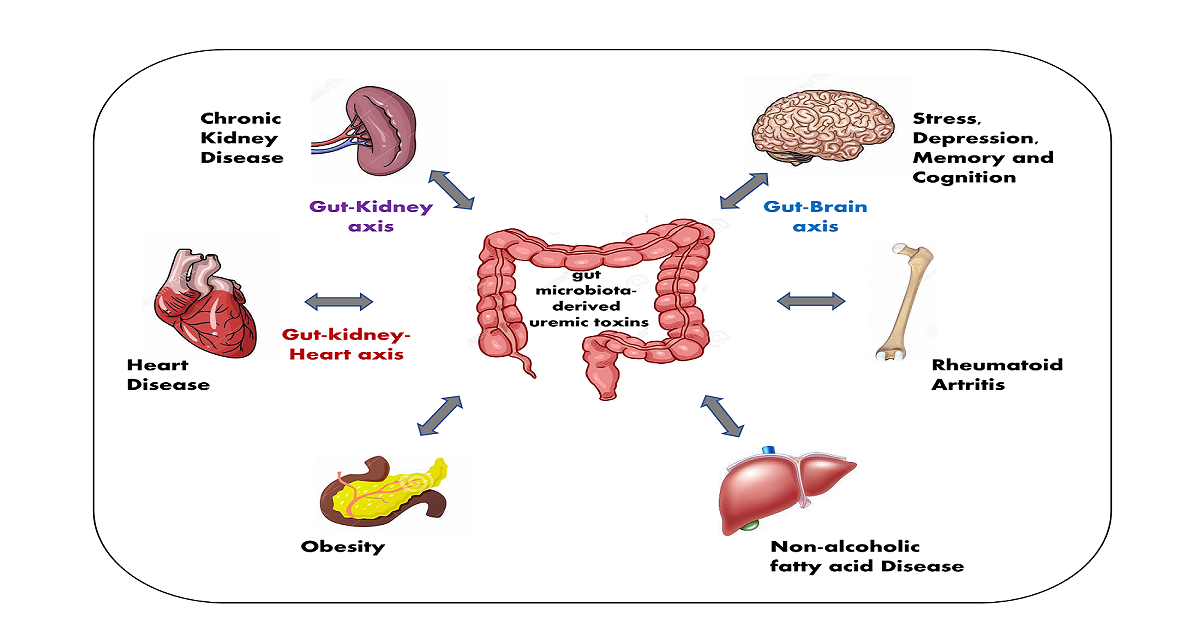New Strategies for the Reduction of Uremic Toxins (2022)
A special issue of Toxins (ISSN 2072-6651). This special issue belongs to the section "Uremic Toxins".
Deadline for manuscript submissions: closed (31 July 2023) | Viewed by 14704

Special Issue Editor
Interests: biomarkers of CKD; uremic toxins; microbiota; probiotics; proteomics
Special Issues, Collections and Topics in MDPI journals
Special Issue Information
Dear Colleagues,
Following on from the first Special Issue on the topic, “New Strategies for the Reduction of Uremic Toxins (2022)" will focus on uremia and uremic toxins, especially those deriving from intestinal microbiota, on their multi-organ influence and triggering of various diseases. Indeed, high levels of uremic toxins are associated with chronic kidney disease, heart disease, obesity, non-alcoholic fatty acid disease, rheumatoid arthritis and depression, cancer, diabetes, and inflammatory bowel disease. Therefore, contributions and experiences deriving from different medical specialties will be welcome and very useful to better define the role of uremic toxins and the best methods or strategies to manage them at systemic levels.
Dr. Maria Teresa Rocchetti
Guest Editor
Manuscript Submission Information
Manuscripts should be submitted online at www.mdpi.com by registering and logging in to this website. Once you are registered, click here to go to the submission form. Manuscripts can be submitted until the deadline. All submissions that pass pre-check are peer-reviewed. Accepted papers will be published continuously in the journal (as soon as accepted) and will be listed together on the special issue website. Research articles, review articles as well as short communications are invited. For planned papers, a title and short abstract (about 100 words) can be sent to the Editorial Office for announcement on this website.
Submitted manuscripts should not have been published previously, nor be under consideration for publication elsewhere (except conference proceedings papers). All manuscripts are thoroughly refereed through a double-blind peer-review process. A guide for authors and other relevant information for submission of manuscripts is available on the Instructions for Authors page. Toxins is an international peer-reviewed open access monthly journal published by MDPI.
Please visit the Instructions for Authors page before submitting a manuscript. The Article Processing Charge (APC) for publication in this open access journal is 2700 CHF (Swiss Francs). Submitted papers should be well formatted and use good English. Authors may use MDPI's English editing service prior to publication or during author revisions.
Keywords
- uremic toxins
- indoxyl sulfate
- p-cresyl sulfate
- microbiota
- probiotics
Benefits of Publishing in a Special Issue
- Ease of navigation: Grouping papers by topic helps scholars navigate broad scope journals more efficiently.
- Greater discoverability: Special Issues support the reach and impact of scientific research. Articles in Special Issues are more discoverable and cited more frequently.
- Expansion of research network: Special Issues facilitate connections among authors, fostering scientific collaborations.
- External promotion: Articles in Special Issues are often promoted through the journal's social media, increasing their visibility.
- e-Book format: Special Issues with more than 10 articles can be published as dedicated e-books, ensuring wide and rapid dissemination.
Further information on MDPI's Special Issue polices can be found here.
Related Special Issue
- New Strategies for the Reduction of Uremic Toxins in Toxins (16 articles)






